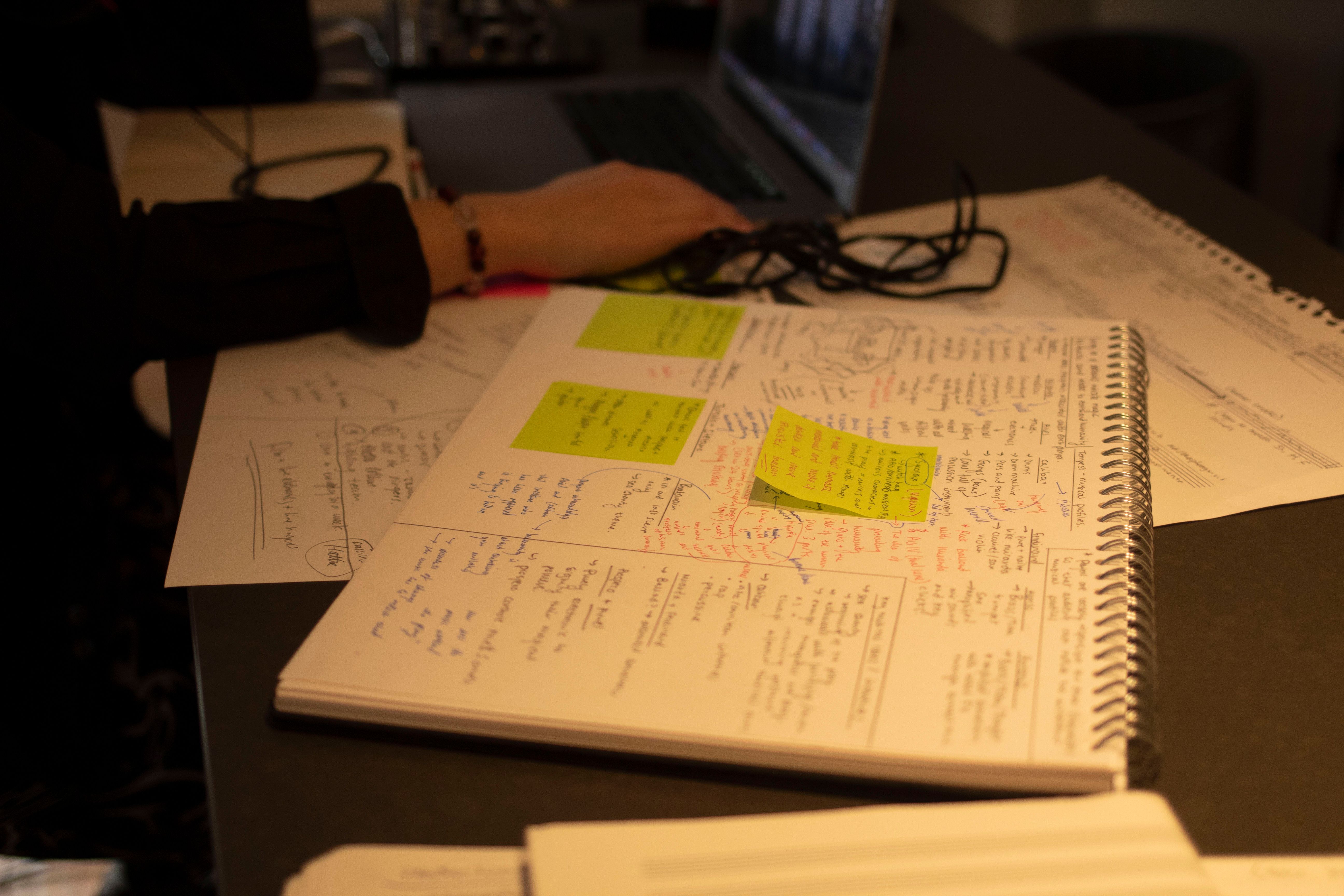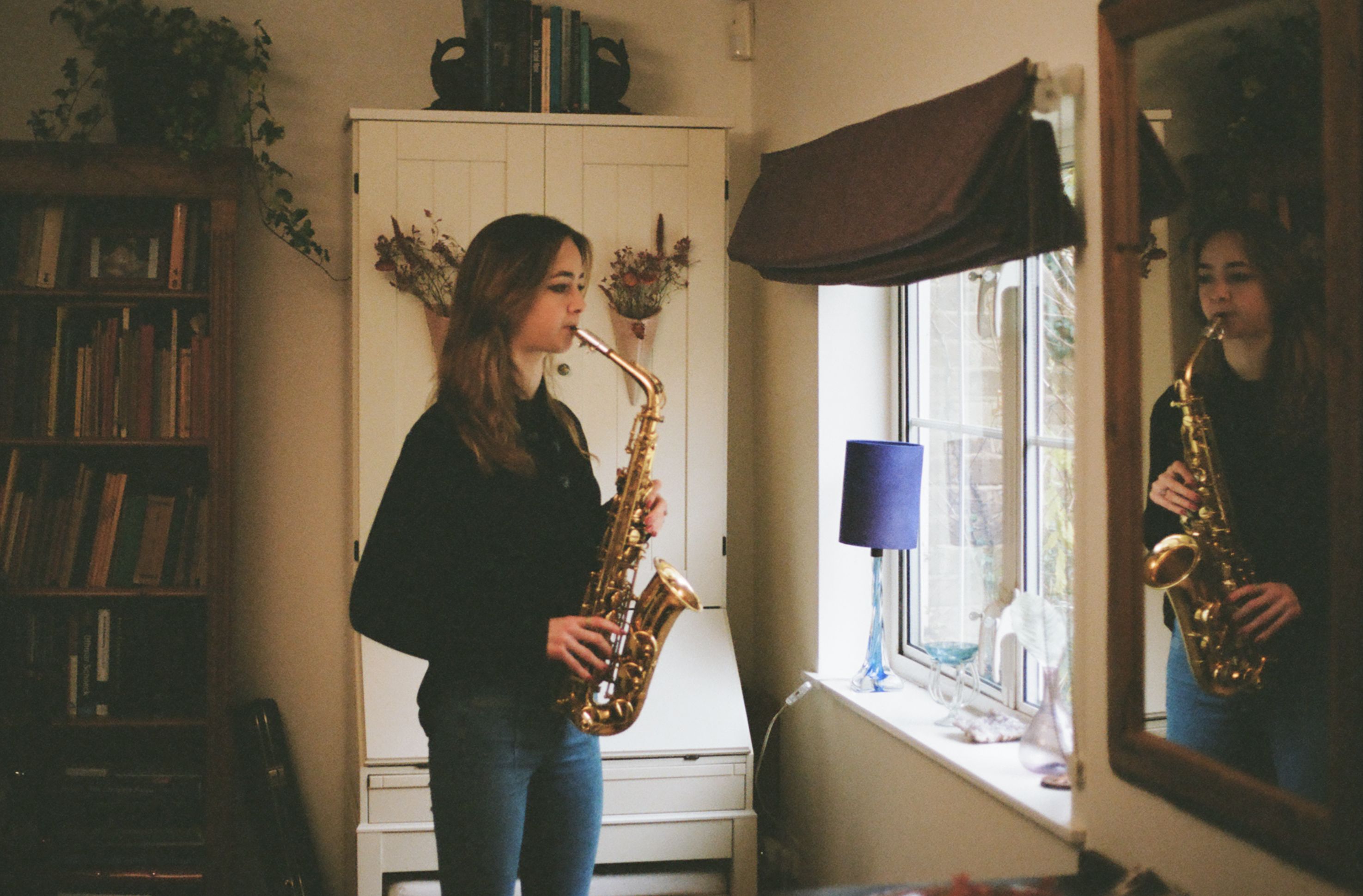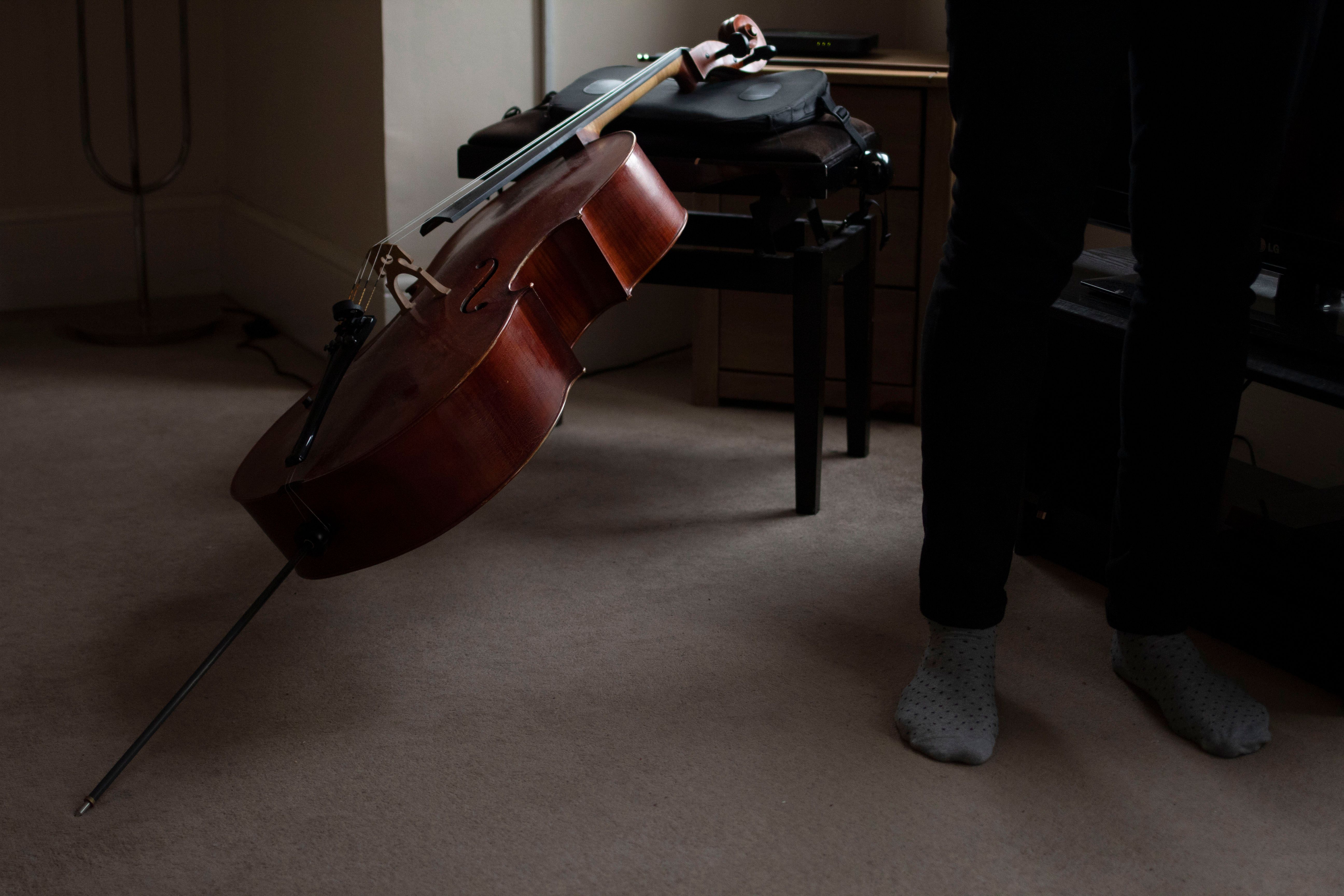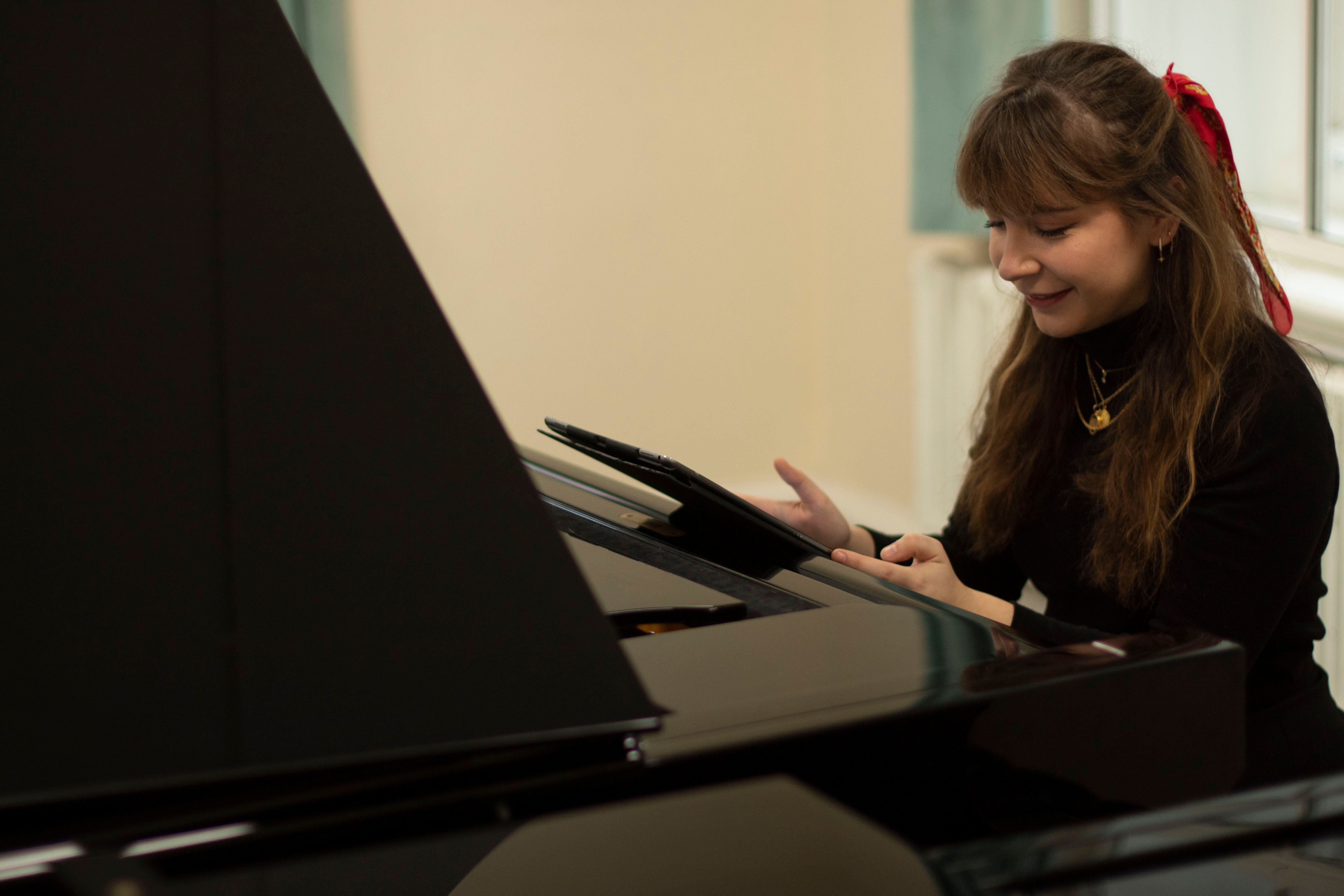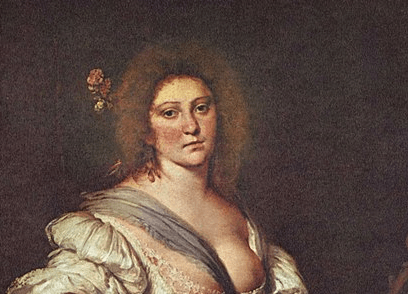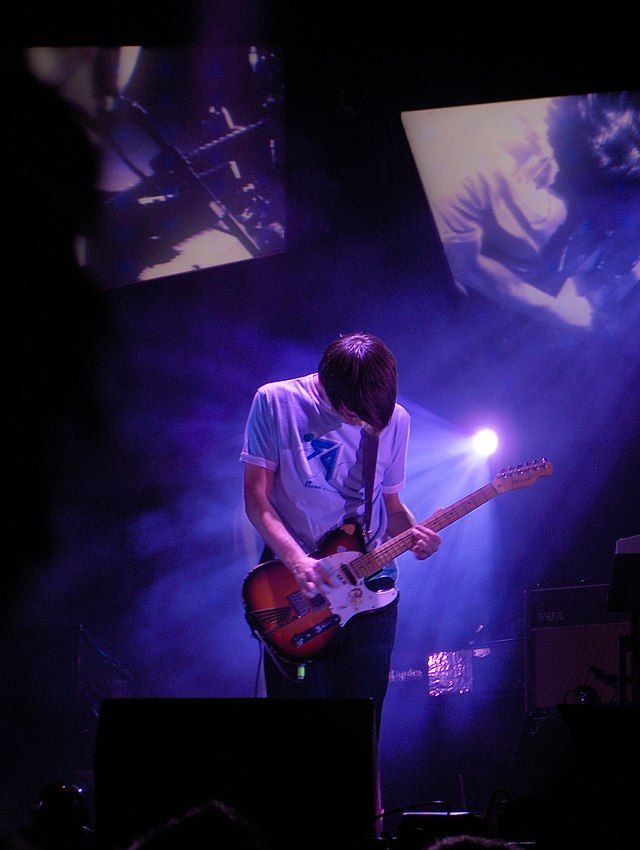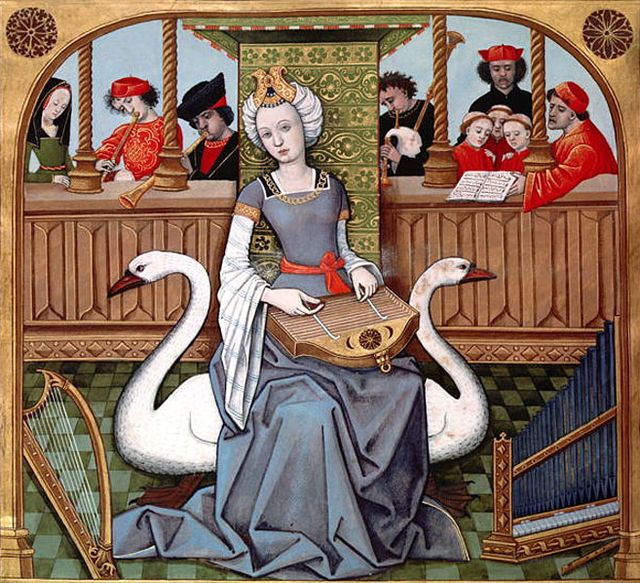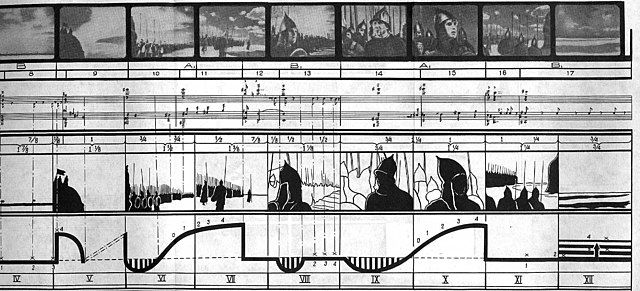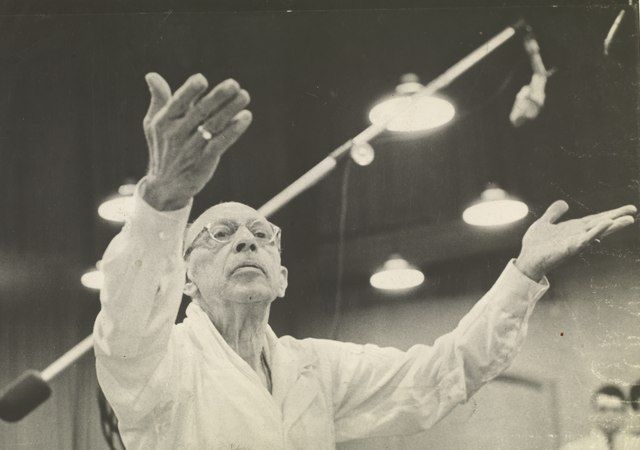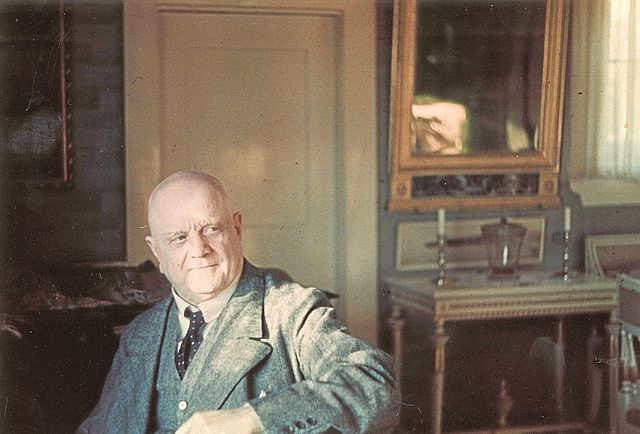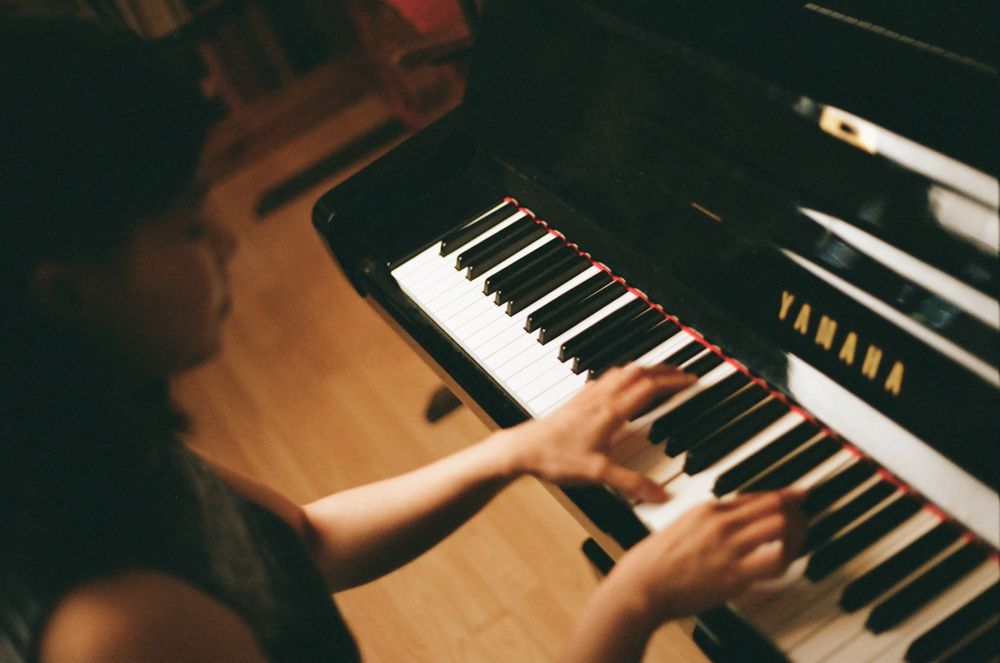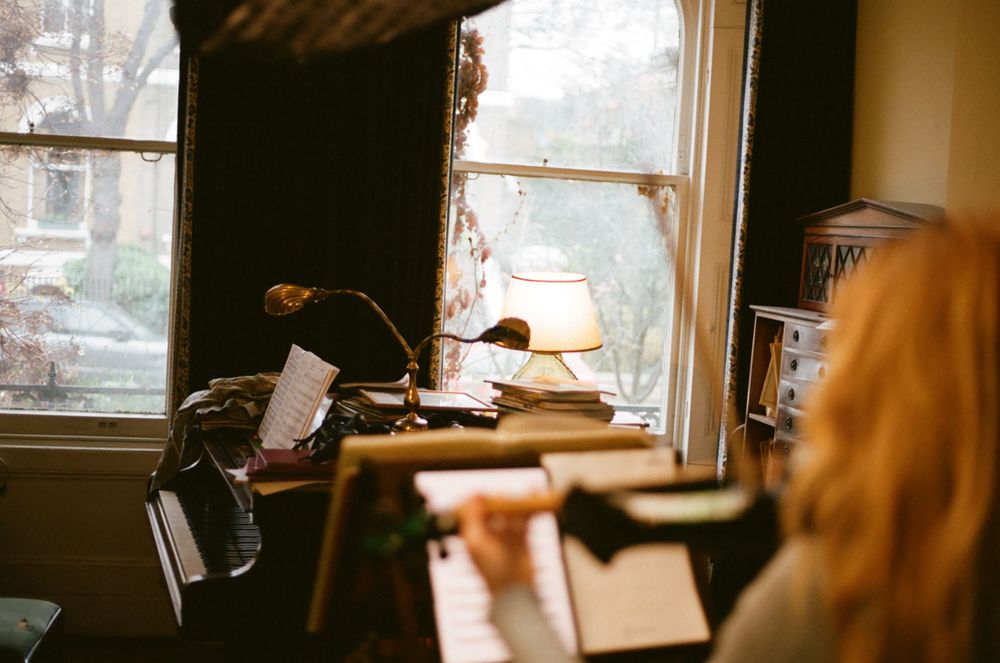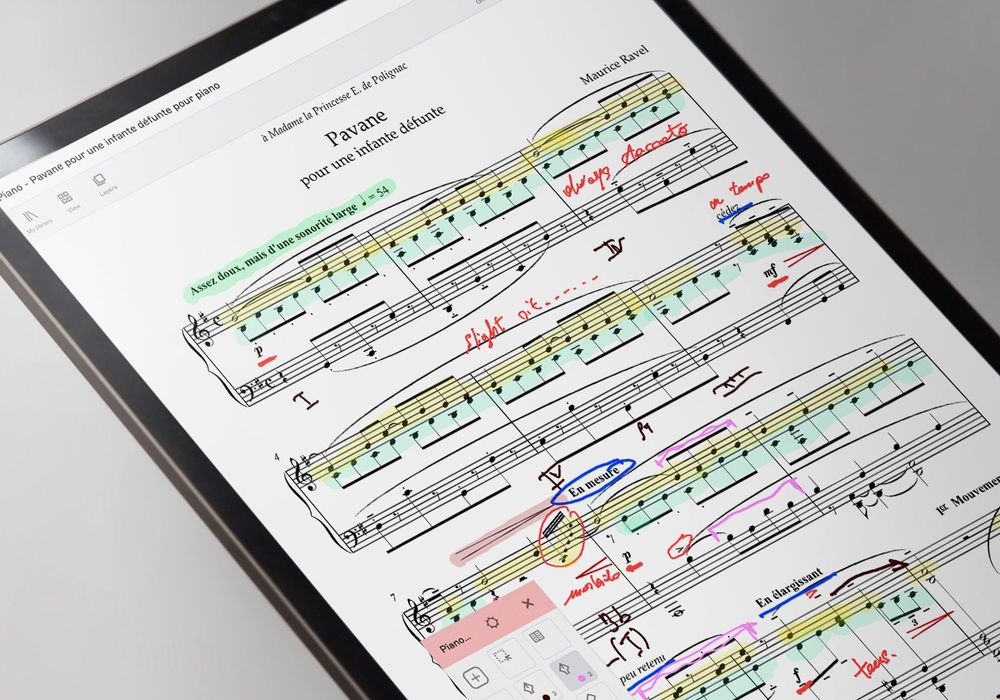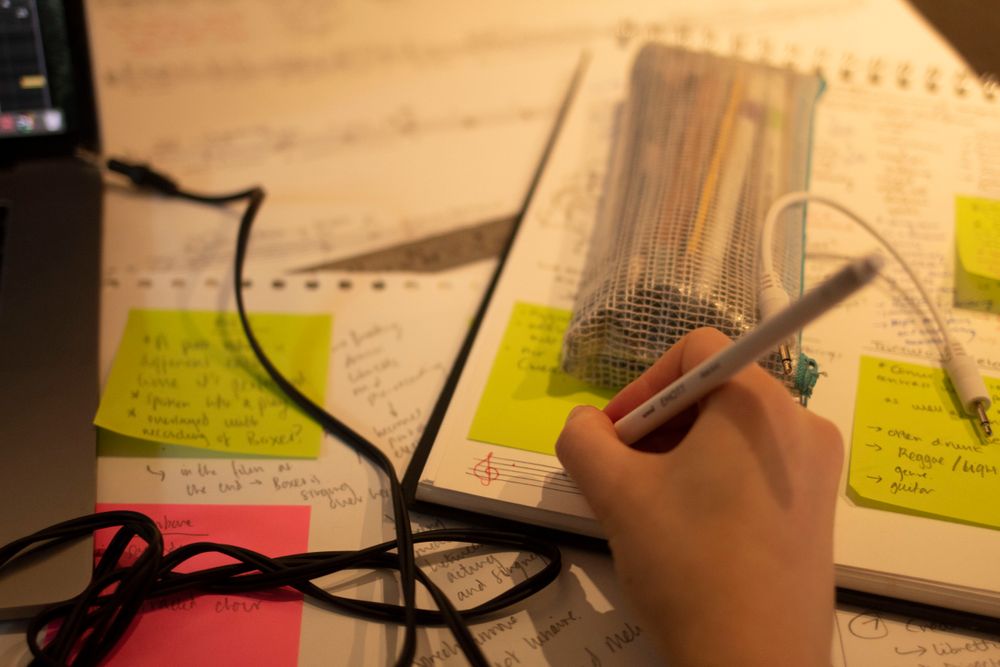2. Secure your resources
Once you have some kind of idea of what kind of composition you’re going to be dealing with, you can start translating theory into practice and making that piece a reality.
You’ll be relying on a few things if you’re going to make this process feasible. Firstly, and most importantly, you’ll need to establish a way of actually realising the composition. For the majority of composers, this is where notation comes in, which broadly speaking can either be carried out by hand or digitally - more on this soon.
But if you’ve decided to go about creating electronic music, then your means of realising your work will probably be a DAW (digital audio workstation) - a form of music production software. That said, notation can still function as a preliminary medium in this context, allowing you to get ideas down before translating them into an audio project.
That is, unless you’re more of a sound artist, in which case traditional notation might not be of much use to you. You can always sketch your ideas in a more abstract way, as in a graphic score.
Most composers will be utilising staff notation, though, so it’s worth taking a moment to consider the two main options that are open to you while we’re on this topic.
Writing sheet music by hand is a good way to quickly set down ideas in the initial stages of composition. Sometimes nothing beats the old paper and pencil. You can draw a stave on any old sheet and add notes to it as you develop your ideas. But you can also buy manuscript or staff paper with staves printed on it. This’ll immediately tidy your notes and allow you to notate material quicker - and it looks great and encourages you to write.
When it comes to writing out a piece in its final form, however, hand-writing sheet music can be a long-winded process, even if you’re using manuscript paper. What’s more, things can get quite messy if you’re new to writing music by hand. But if your sheet music is for personal use only - i.e. not for someone else to read or perform from - then it only matters that you know what’s on it.
If you are looking to produce sheet music that others will read or play from, then it’s well worth exploring music notation software, which enables you to construct a piece of sheet music digitally. There are three major advantages to this method: its efficiency, its presentation, and the ability to actually hear what you’ve written using digital playback.
There are numerous programs of this kind that you can buy and/or download to your Mac or PC. The most popular (and expensive) are Sibelius and Dorico, but many others are out there - MuseScore is free and well worth trying out. Each has its strengths and weaknesses, so it’s worth taking some time to read about the various options and see which will suit you best.
This software is a technological marvel, empowering you to produce sheet music of a professional standard and develop your ideas in the most practical way. But, as we shall emphasise further down, you have to be wary of placing too much faith in digital MIDI playback.
How else can you hear your ideas? On real instruments, of course. Any good music teacher will tell you that composing with an instrument is far more advantageous than composing with software - particularly in the early stages or if you’re new to composing. A piano is particularly advantageous as you can work out your ideas more expansively on the keyboard.
Composing this way encourages you to conceive and develop musical ideas in a natural and nuanced way. That’s what puts the ‘soul’ into music. It facilitates inspiration and spontaneity, and widens your creative horizons. It steers you clear of two things: first, the mechanical approach that MIDI often encourages, and secondly, the demoralising feeling that a tinny rendering of music leads to - that your work just doesn't sound that good. MIDI should be there to support, not lead.
Don't expect your music to sound amazing through these programs. No matter how good digital instruments get, they’ll never better the visceral experience of hearing a real instrument played by a living, breathing musician. So if possible, get hold of an instrument to compose with, and learn to trust your playing. Ensure that you don’t stagnate, though - the motions of playing can sometimes force you into the same old patterns.
Finally, try to establish a space that’s reserved for your composing. Even if that’s just a headspace. Somewhere where you can get into the right mindset and let those creative juices flow. Preferably somewhere quiet and without distractions.
Take some inspiration from Gustav Mahler’s composing hut, overlooking the banks of lake Attersee in Austria. Few of us will be lucky enough to have somewhere like this to write, but any dedicated composing space - even the most modest - will make it far easier to get into the zone.
